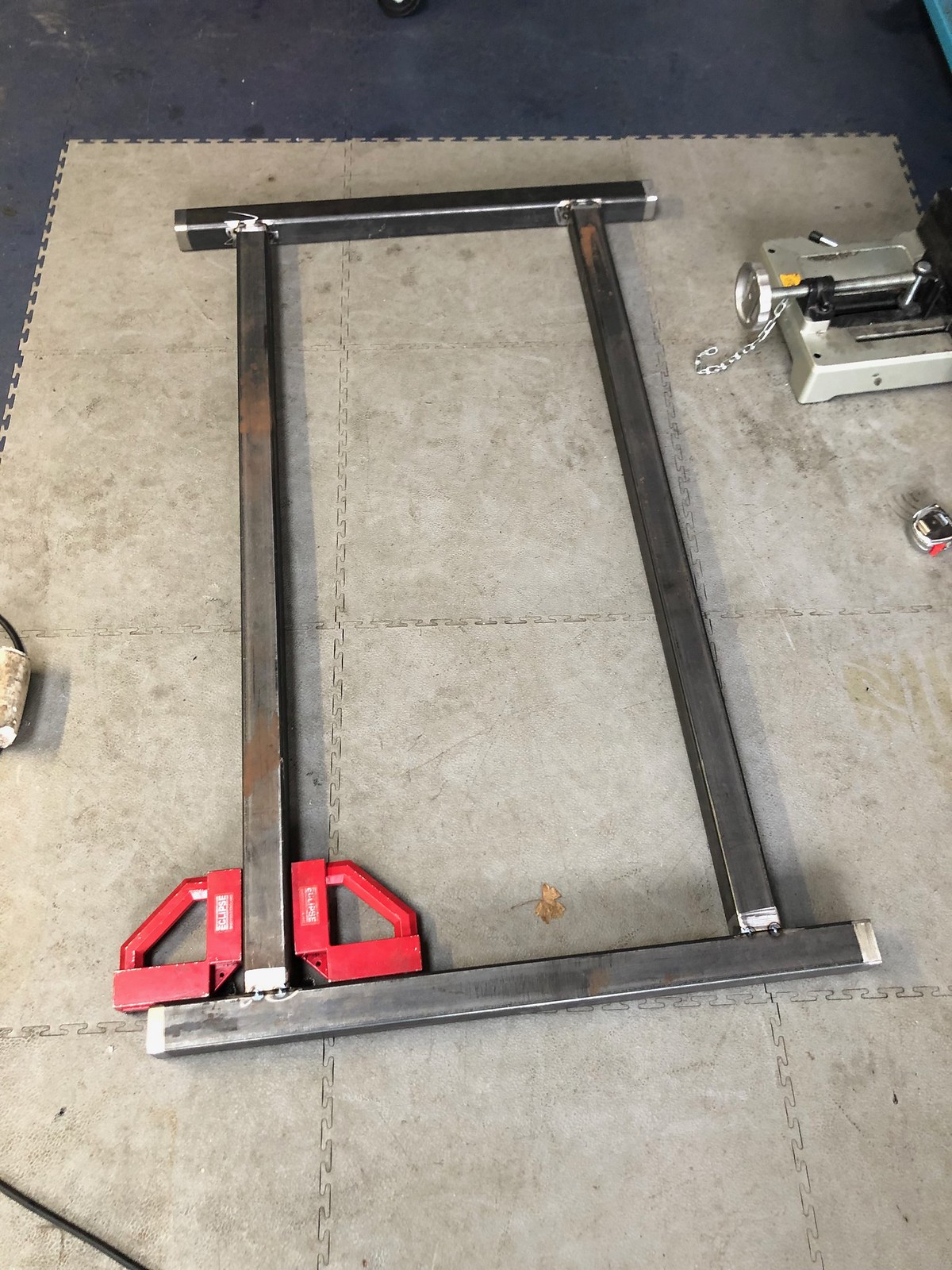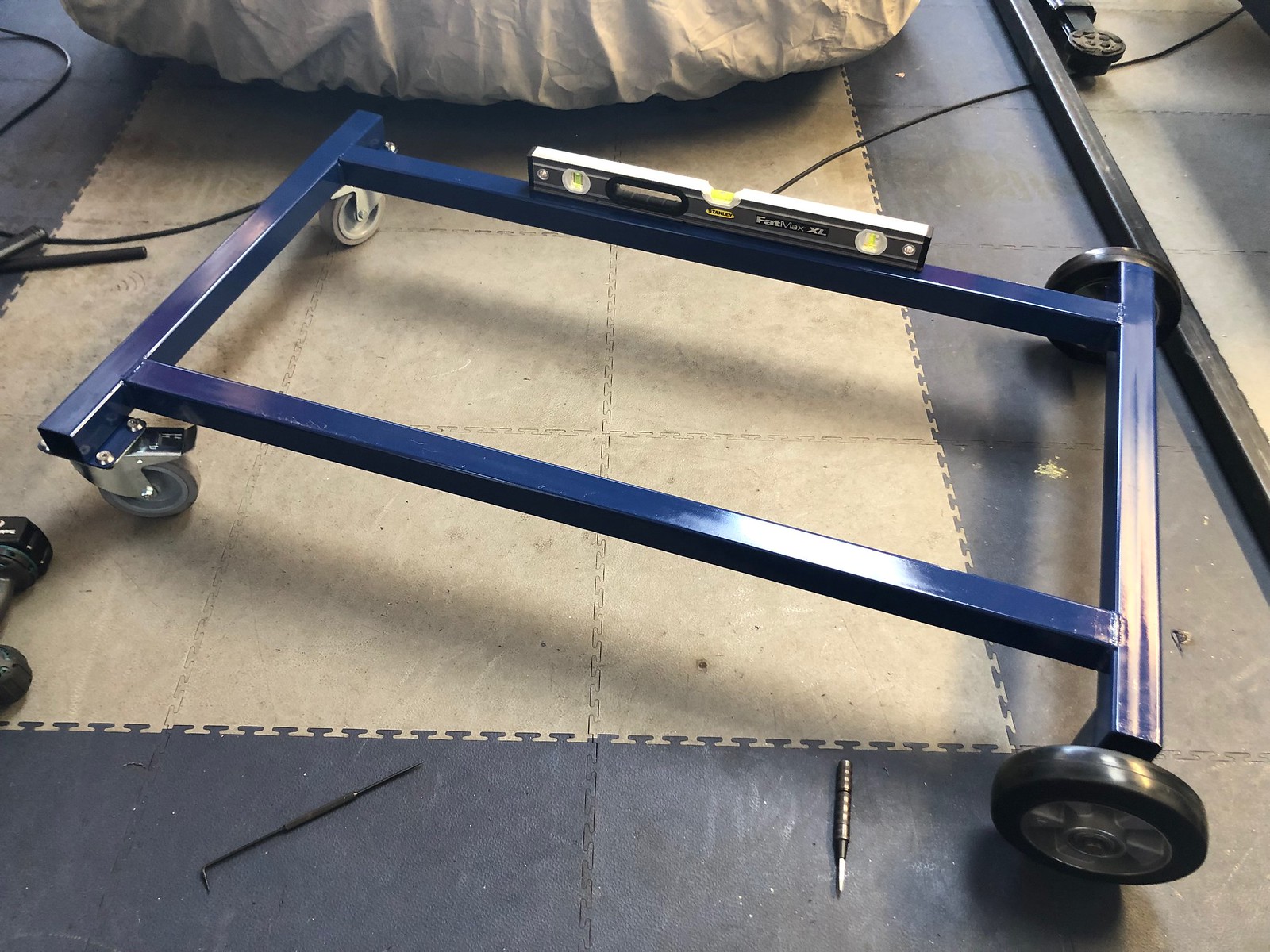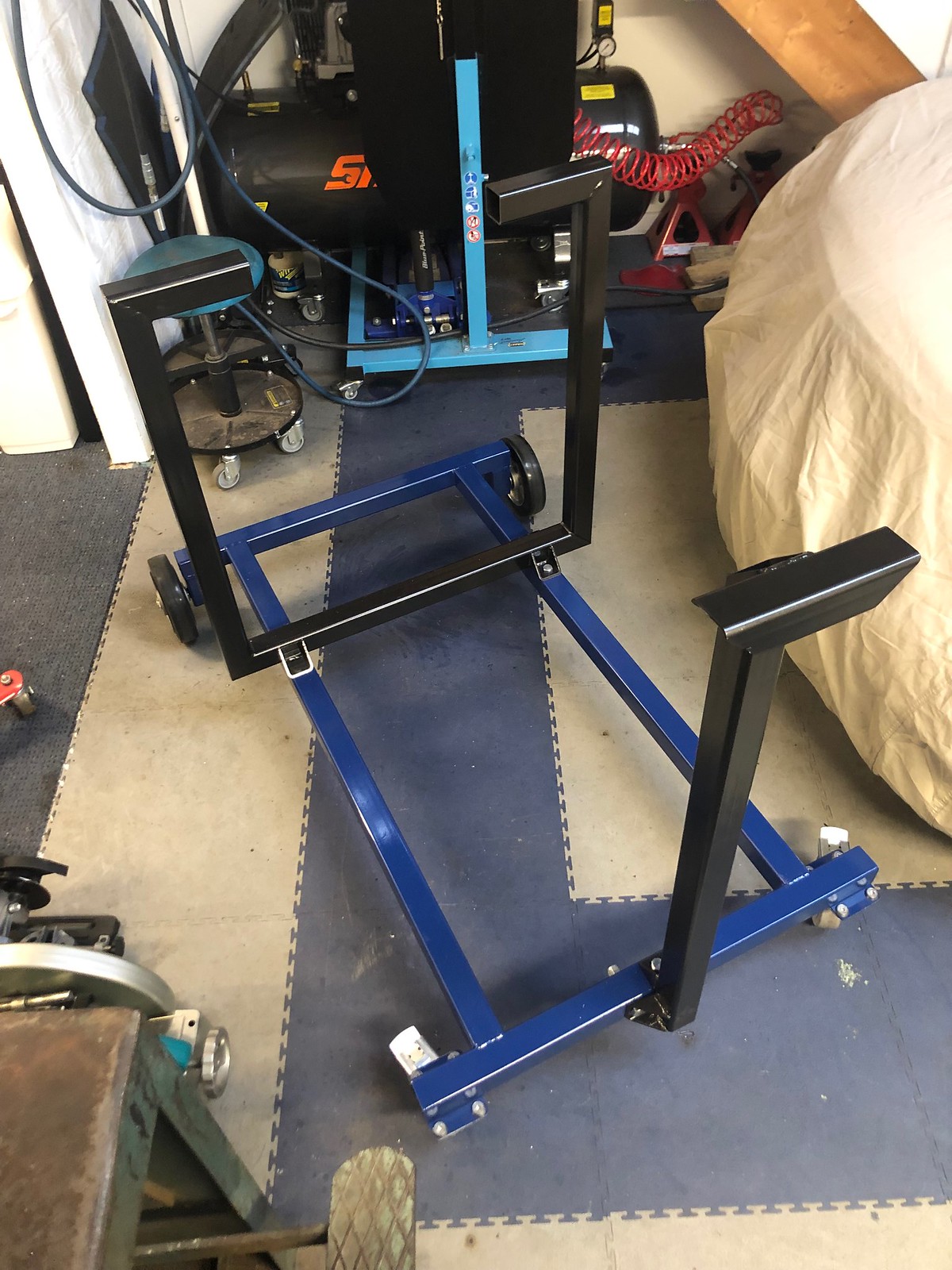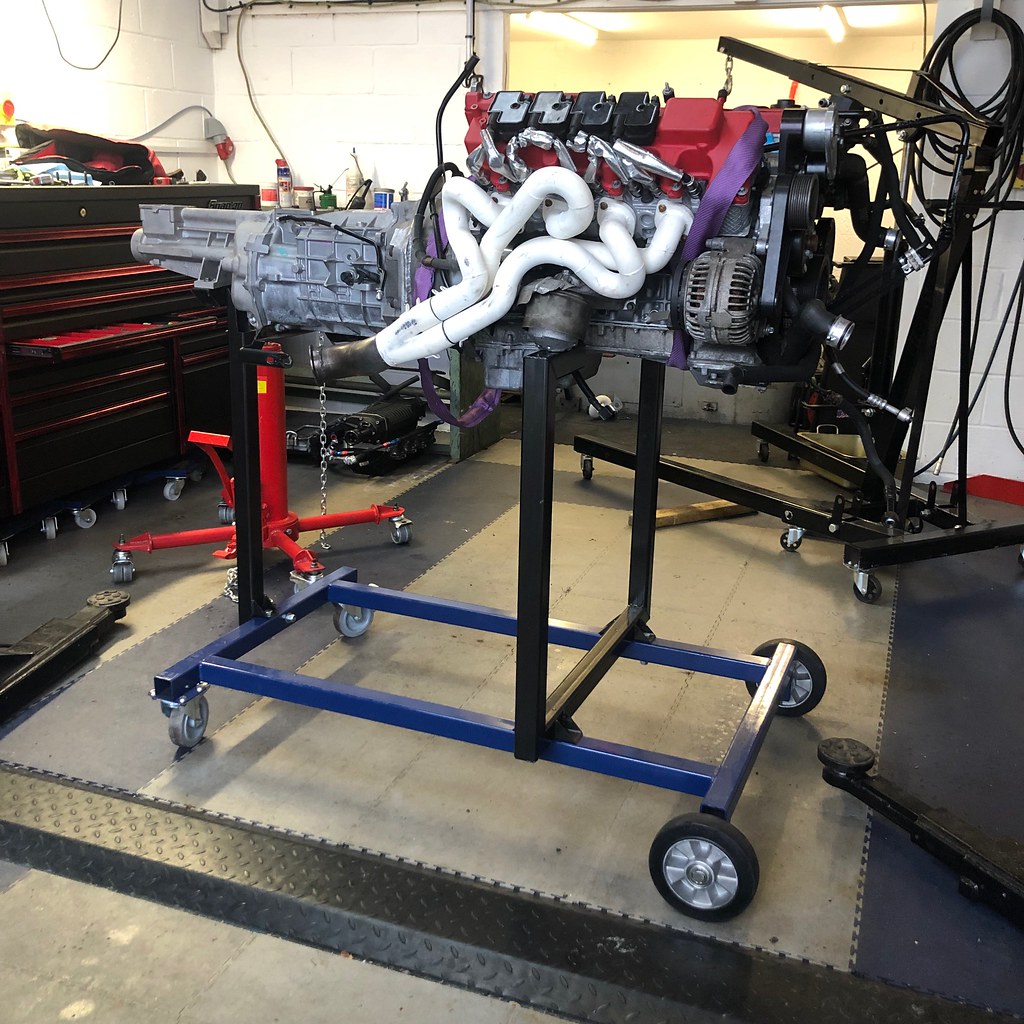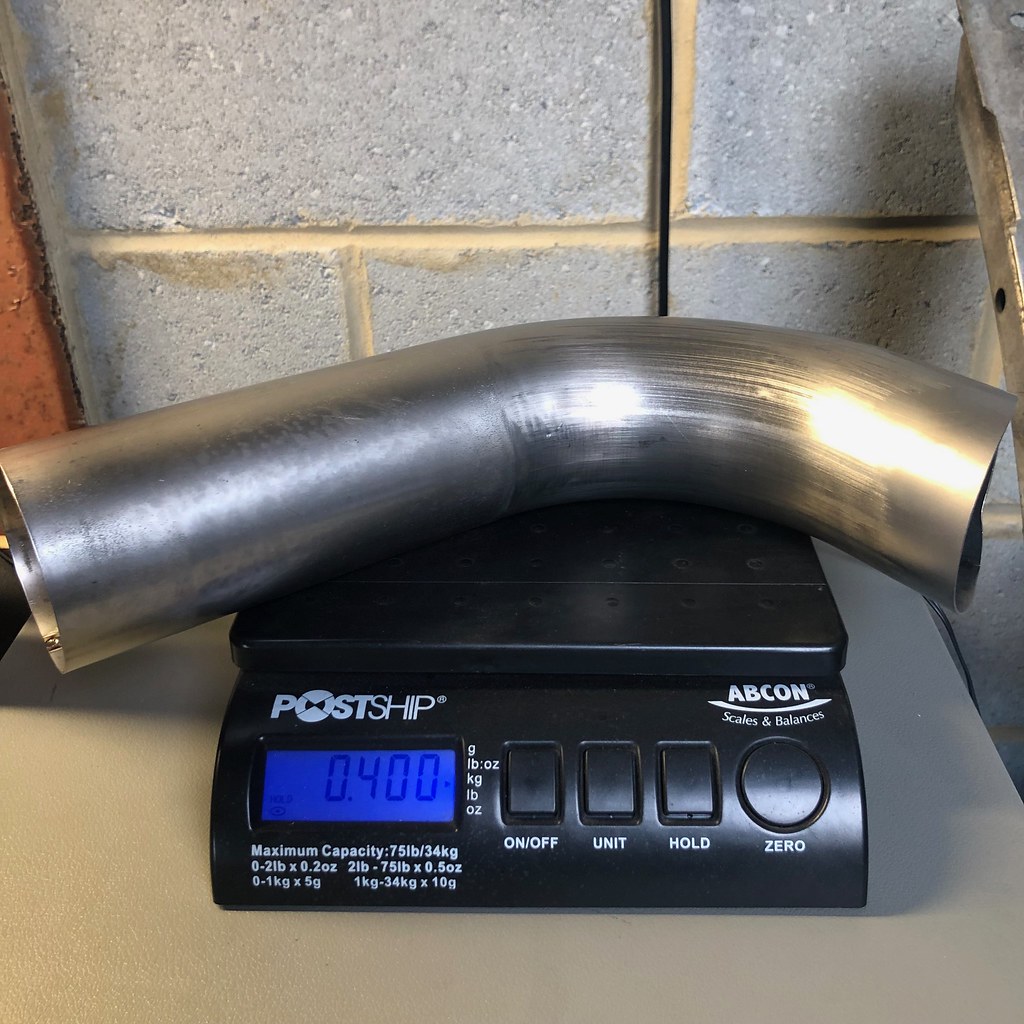A small update as the car is off the road for a few tweaks this winter among which - a new exhaust system. I wouldn't normally need a reason to do another exhaust (just having time is usually enough) but here's a good one.
In a V-shaped block to minimise the imbalance and vibration, the idea is to fire cylinders from opposing banks in right-left-right-left etc. fashion. Both V6 and V12 work exactly like that. Not the V8, where two cylinders in each bank end up firing 90 degrees of crank rotation apart. This is true for any cross-plane V8 out there, not just the M113.
The M113 has a firing order of 1-5-4-2-6-3-7-8. As per the diagram below cyls 4 & 2 and 7 & 8 fire in pairs, thus violating the perfect "one cyl per bank at a time" order. As a result of such design flaw, both exhaust collectors experience a bit of "crowding" since gas pulses are not spaced evenly when they enter and leave the collectors. This is amplified when the engine is under load.
Ideally, we would want to pair up the runners in such manner, that exhaust pulses are uniform in how they pass through the collectors as this would improve scavenging and allow for more air on the intake stroke (more oxygen=more power.) As complicated as it sounds, there's not one but 3 ways to achieve that. Below is one of them.
In a four-stroke engine crankshaft makes two full revolutions (720 degrees) to complete the cycle. With 8 cylinders firing at 90 degrees (8 x 90 = 720), pairs 1-6, 5-3, 4-7 and 2-8 end up firing 360 degrees apart. In other words, the crankshaft rotation angle between cyls 1 & 6 is 360 (4 x 90) and same for the other pairs. Here's the firing order colour coded to make it a bit clearer:
1-5-4-2-6-3-7-8.
If we pair the now matched exhaust runners in respective Y-collectors whilst keeping their length equal, the engine will have a very uniform way for exhaust gas discharge which is our main goal. It will sound completely different too. Here's an example of such exhaust system on a Corvette:
Obviously, pairing runners from opposite banks would require them crossing over from one side to another - a massive challenge on its own - which is why headers like these are more common with mid-engine supercars than front-engine four door saloons. For reference, here's what the rear end of the Ford GT looks like:
Nevertheless, I've done a bit of home work and about to start pulling the engine out of my E55 next week so I could model the new set of headers and a matching 3" exhaust system. I've also recently acquired and restored to its former glory a 1000 years old metal sheet roller (they get better with age being cast iron and all) so will be making my own exhaust boxes from scratch as well.
Here's a little teaser: an engine and gearbox stand I fabbed up to help with headers design. I need both bolted together as the runners will be crossing underneath the car.
Lastly, I don't expect a massive change in performance. My current exhaust exhibits zero back pressure as it is. I'm looking to improve the flow, reduce the noise and make a better quality system as my headers were the first thing I've welded ever (a short welding college course excluded) and I know I can do better now.





